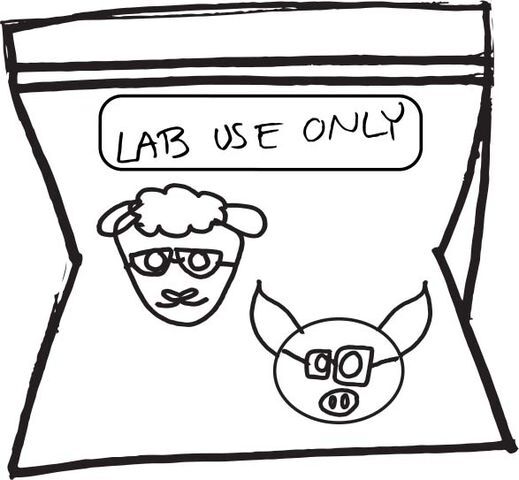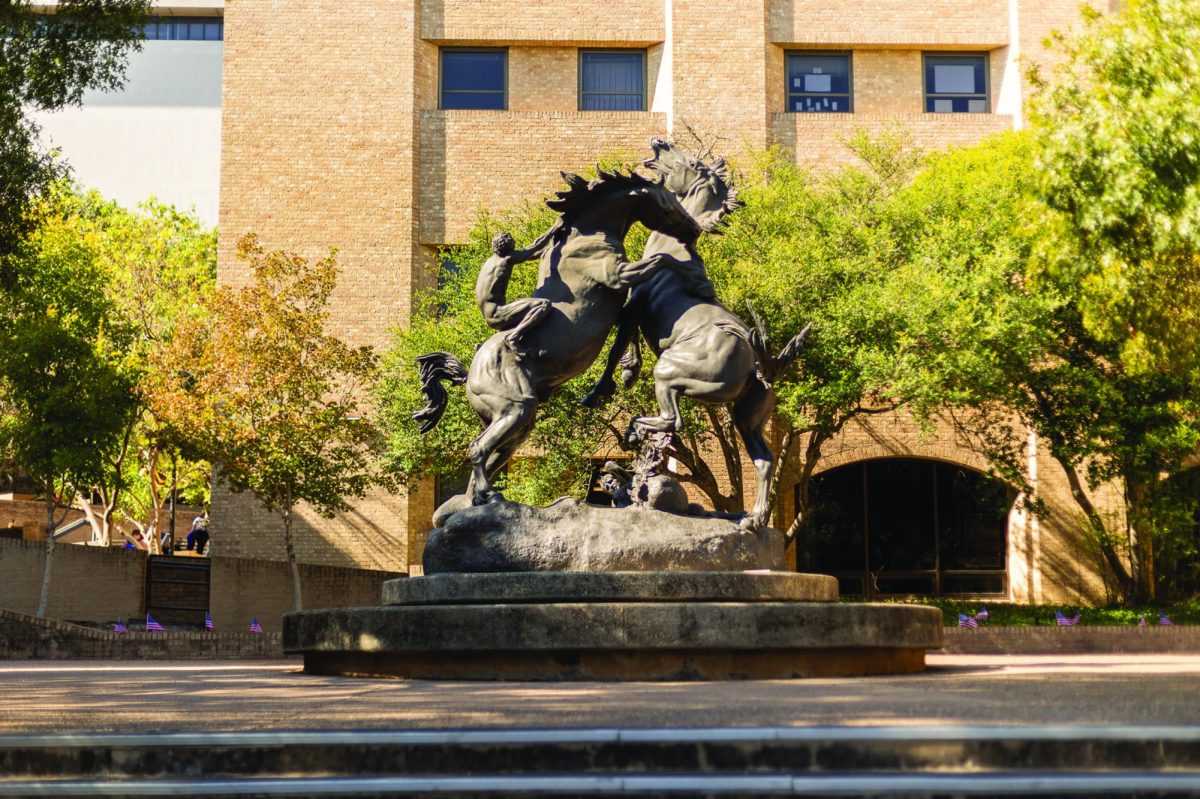Animal dissection is archaic in academia. Each semester, thousands and thousands of animals are dissected in classrooms across the nation. Texas State is no exception, with classes that include vertebrate dissection promoted to students in the biology department and beyond. Labs that employ animal dissection offer nothing useful to students who are trying to better themselves academically and altruistically.
Modest estimates of the number of animals dissected in high school classrooms annually is 6 million animals. Though there has been no direct count for university and graduate school dissections, the numbers can reasonably reach 10 million total. These numbers are alarmingly high, considering an array of professional associations agree that dissections and vivisections offer nothing that other forms of dissection-study cannot offer.
The American Medical Association no longer recommends that students need dissection as part of their curriculum for medical school. Additionally, prestigious medical schools such as Harvard, Yale, Columbia and Stanfordhave ended the use of live animals to teach students. Instead, these graduate schools use a combination of modern technology and human cadavers. This compassionate change benefits the students much more than the animal alternatives because human cadavers are—shockingly—more alike to humans than nonhuman animals. Veterinary schools have also begun to employ compassion into their anatomy and surgical skill classes, opting instead for donated cadavers of companion animals and technological models.
Many states have legal protections in place for K-12 students that choose not to participate in the barbaric activity of animal dissection. Texas is not one of them. Though students may ask their teachers for a kinder alternative to in-class dissections, teachers can say no or penalize the student if they abstain from the activity. There are no legal protections in place for Texas students if dissections violate their morals.
Dissection instills in the young learner a utilitarian view of animals that ultimately disregard the study of life and promotes a desensitization towards animal suffering, further enforcing the cognitive dissonance between a formaldehyde-coated specimen in the classroom and the living animals just outside the schoolhouse.
Fetal pigs, one of the most commonly dissected animals in classrooms, are most often sourced from pregnant swine in slaughterhouses. There is plenty of well-documented evidence that slaughterhouses are hellish places, for the workers and animals both. The purchase of cadavers creates a demand for cruel industries. Other common methods of killing animals used for dissections are electrocution, drowning and suffocation through either gas chambers of carbon monoxide inhalation.
The world already battles apathy and a lack of concern for our fellow citizens of the earth. Failing to make empathy the priority lesson in schoolchildren creates too many societal problems this country already struggles with. Universities must function as a water-fountain of compassion, disallowing a selfish view of life. Animals don’t exist merely to serve humans, but if they did, educators must enforce a sense of professional ethics that includes control of cruelty in how the animal died.
– Naomi Wick is a journalism senior
Categories:
Students gain nothing from classroom animal dissections
November 26, 2018

Labs that employ animal dissection offer nothing useful to students who are trying to better themselves academically and altruistically.
Illustration by Erikka Polk
0
Donate to The University Star
Your donation will support the student journalists of Texas State University. Your contribution will allow us to purchase equipment and cover our annual website hosting costs.
More to Discover







